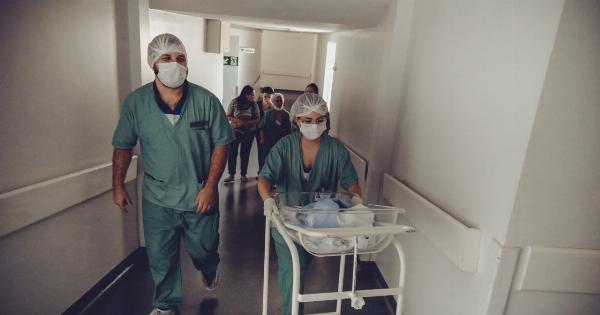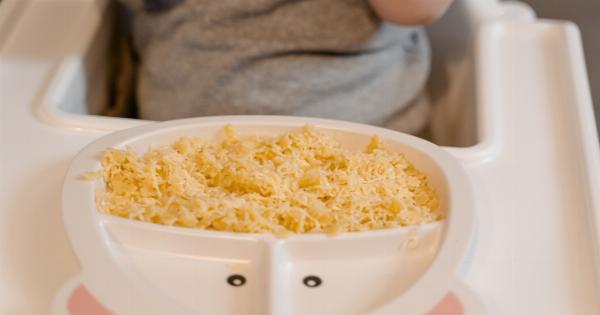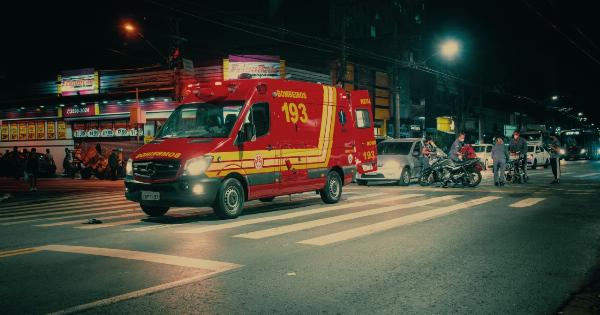Shoulder dying, also known as shoulder dystocia, is a potentially dangerous complication that can occur during childbirth.
It happens when the baby’s shoulder gets stuck behind the mother’s pubic bone, making it difficult for the baby to pass through the birth canal. This can lead to a range of complications and risks for both the mother and the baby. In this article, a gynecologist from Mothersblog explains everything you need to know about shoulder dying.
What Causes Shoulder Dying?
Shoulder dying can happen for various reasons. Some of the common causes include:.
- Fetal macrosomia – When the baby is larger than average, it increases the risk of shoulder dying.
- Prolonged labor – When labor takes longer than usual, the chances of shoulder dying increase.
- Maternal diabetes – Women with diabetes are more likely to experience shoulder dying during childbirth.
- Prior history of shoulder dying – If a mother has had shoulder dying in a previous delivery, the risk increases in subsequent pregnancies.
Signs and Symptoms of Shoulder Dying
The signs and symptoms of shoulder dying may include:.
- Difficulty in delivering the baby’s shoulder after the head is out
- Fetal distress, indicated by an abnormal heart rate
- Failure of the shoulders to deliver despite strong contractions
- Inability to move or reposition the baby’s shoulder
- Visible signs of injury, such as a fractured collarbone
Potential Complications
Shoulder dying can lead to various complications for both the mother and the baby. Some of the potential complications include:.
- Baby’s injury: The baby may suffer from brachial plexus injury, which can lead to temporary or permanent nerve damage.
- Fractured collarbone: The baby’s collarbone may fracture during delivery, causing pain and discomfort.
- Vaginal tearing: The mother may experience severe vaginal tearing during the birth process.
- Postpartum hemorrhage: Shoulder dying increases the risk of excessive bleeding after childbirth.
- Bruising and swelling: The baby’s soft tissues may become bruised or swollen due to the excessive pressure applied during delivery.
Emergency Procedures
When shoulder dying occurs, quick and efficient action is necessary to ensure the safety of both the mother and the baby. Some of the emergency procedures that may be performed include:.
- McRoberts maneuver: This involves the mother flexing her legs towards her chest to create more space for the baby.
- Supal pubic pressure: Pressure is applied to the mother’s pubic bone to assist in the delivery of the baby’s shoulder.
- Episiotomy: In some cases, an episiotomy (a surgical incision) may be performed to widen the vaginal opening and facilitate delivery.
- Breaking the baby’s clavicle: In severe cases, the baby’s collarbone may need to be fractured to allow for a safer delivery.
Preventing Shoulder Dying
While shoulder dying cannot always be prevented, there are certain measures that can reduce the risk. These include:.
- Monitoring fetal size: Regular ultrasounds can help determine the size of the baby and identify potential risks.
- Managing gestational diabetes: Proper management of gestational diabetes can help reduce the risk of complications during childbirth, including shoulder dying.
- Inducing labor: If the baby is suspected to be larger than average, labor may be induced before the due date to reduce the risk of complications.
Recovering from Shoulder Dying
Recovering from shoulder dying can vary depending on the severity of the complications. Both the mother and the baby may require extra care and monitoring during the postpartum period. This may include:.
- Physical therapy for the baby: Babies with brachial plexus injuries may require physical therapy to promote healing and restore normal function.
- Pain management for the mother: The mother may be prescribed pain medication to manage any discomfort or pain associated with shoulder dying and its complications.
- Emotional support: The experience of shoulder dying can be traumatic for both the mother and the baby, and emotional support is crucial for their overall well-being.
- Follow-up appointments: Both the mother and the baby will require regular follow-up appointments to monitor their recovery and address any ongoing concerns.
Conclusion
Shoulder dying is a serious complication that can occur during childbirth, posing risks to both the mother and the baby.
Understanding the causes, signs, and potential complications can help expectant mothers and healthcare professionals take appropriate measures to minimize the risks. If you suspect shoulder dying or have any concerns, it is essential to seek immediate medical attention to ensure the safety and well-being of both you and your baby.































